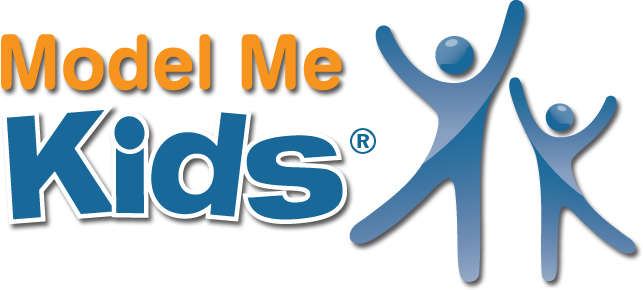
Model Me Going Places™
Community Social Skills
Model Me Going Places™ showcases a variety of community locations, allowing students to model social skills in real world settings. The video is narrated with songs by Music Therapist Rachel Rambach, MM, MT-BC. This unique merger of video modeling and music therapy is designed to help teach skills in a way that engages learners and keeps their attention.
Pre-K, Elementary
Run Time: Approx. 40 Minutes
Watch Preview
Lyrics
Model Me Going Places™
Topics
Doctor
Mall
Birthday Party
Hairdresser
Dentist 1
Dentist 2
Grocery Store
Transportation
Library
Playground
Restaurant
School

Rachel Rambach
MM, MT-BC
About Rachel Rambach
Rachel received her B.A. in Music at Rollins College and her Masters of Music Therapy from Illinois State University. She is a board-certified music therapist, specializing in work with children who have diagnoses on the Autism spectrum. Rachel created the music therapy program at the Hope Institute for Children & Families in Springfield, Illinois, where she works full time in addition to maintaining a private practice.

Challenge
For those with Autism, navigating various social situations in the community can be challenging.

Skills
Community social skills play a crucial role in supporting individuals with Autism. These skills facilitate inclusion, understanding, and reduce isolation.

Benefits
Improved social skills in the community contribute to increased independence, self-confidence, and overall quality of life for individuals with Autism.
Video Modeling
Using visual aids like video modeling helps children with Autism visualize different scenarios in the community, practicing them in advance.

Community Social Skills
Video modeling proves to be a highly effective tool in teaching about ocations to children with autism. Through visual representation, video modeling provides a concrete and structured way to showcase appropriate social behaviors in various community settings. Children with autism often benefit from the visual clarity and predictability offered by videos, making it easier for them to understand and imitate social cues. Video modeling allows for repetition, enabling reinforcement of desired behaviors. It can also be customized to the child’s pace and individual learning style. Additionally, video modeling provides a safe and controlled environment for practicing social skills, reducing anxiety associated with real-world interactions. This approach enhances generalization of skills, promoting increased independence and social competence in diverse contexts. Overall, video modeling emerges as a valuable and inclusive tool in the comprehensive strategy to support children with autism in acquiring essential community social skills.

